FINAL FANTASY EXPLORERS is Square Enix and Racjin’s newest entry into what has become a “monster hunting” genre of games. The success of Capcom’s aptly-named Monster Hunter series has brought forth a multitude of similar titles like Toukiden, God Eater, and Square Enix’s own Lord of Arcana. What Final Fantasy Explorers does, as one might easily imagine, is marry classic Final Fantasy series gameplay staples with Monster Hunter’s.
How does it all work out, you ask? Well, there’s no doubt that your enjoyment of Monster Hunter will likely inform how much you’ll dig Explorers (positively or negatively in this case), so for the pure and uninitiated, I’ll try to refrain from using “like Monster Hunter” as much as I can. Here goes:
When you first start up a new game, the first order of business will be to create an Explorer. Character customization options are kept light, and considering the camera will usually be a fair distance away from you most of the time – a multitude of options would probably err on the pointless side. There’s enough to justifiably mess with, is all.
You can choose your name, gender, hairstyle, hair color, skin color, face, and eye options. What’s great is that, at any point when you’re back at your hub (and offline), you can pop open your menu and select “Makeover”, which will let you edit all of these attributes except for your Explorer’s name. Changing gender will, weirdly, cost a small gil fee – nevertheless, it’s nice to be able to change up these attributes without sacrificing game progress.
Once all that’s sorted, you’ll be taken through brief introduction to the continent of Amostra and your new Crystalizer – a tool which enables you to use crystal energy to do all sorts of wonderful things. You’ll make your way to a town called Libertas, a single village from which Explorers set upon the frontier. Libertas is the game’s hub, where you’ll be able to take on missions, shop and upgrade your Explorer, and advance the “plot”.
Don’t expect much on the story front though. You, brave Explorer, are here to explore, and explore you shall. Late in the game, your missions will start to take on another purpose, directed by a few folks have more than mere exploration on their minds. While it would have been nice to see a thicker attempt at storytelling with the Final Fantasy name attached, the minimal story does nothing to attract, nor detract, from the experience. Veni, vidi, vici.
So, the core gameplay loop of Explorers is as follows: you start a mission at the counter and set off into Amostra, complete it within the time limit for your handsome reward, then warp back to Libertas to use your spoils to upgrade your abilities and equipment in preparation for your next one.
Everything revolves around the mission-based structure, which comes in ten levels of difficulty. By the time credits roll, you’ll have conquered up to five, so be advised that even greater challenges await. However, if you’d like a chance at better rewards early on, many missions will allow you to stack restrictions like shorter time limits, movement speed, tougher enemies, and so on.
Not far into your travels will you gain access to an airship, which functions as a warp point to unique locations in Amostra. You’ll have around ten places to warp to, and you’ll have to hoof it the rest of the distance to your destination. After your initial departure, you won’t be able to warp around unless you make use of Teleport Stones, so getting back to Libertas will require your successful completion of your mission or abandoning it in failure. Preparation is advised.
Missions will have you culling monsters which range from garden-variety goblins and flans, bosses like behemoths and dragons, or eidolons like Ifrit and Shiva. Pulling a dozen big names (and some new ones) from Final Fantasy’s pantheon of summons, these are the centerpiece encounters of Explorers. While most minor enemies are easy to dispatch, bosses aren’t particularly fussy, and eidolons will require you to master dealing with their attacks. If you should fall in battle playing solo, you’ll have the option to instantly revive at the expense of your mission’s countdown timer or forfeit.
Also know that you’re going to be fighting the same eidolons a lot, especially if you want to acquire the materials for specific gear or tackle the post-game.
While Explorers’ eidolon encounters lack the mechanical diversity of, say, Final Fantasy XIV’s Primals, you’ll need to take a similar approach in dealing with the attributes of each move – like, how to properly evade, recover you or your party’s health, or how long to hold your blocks. As the difficulty rating gradually increases, Eidolons will work on new and stronger versions of their moves.
One of the biggest roadblocks down this avenue was battling the 3DS’s small screen real estate where you would see the lower half of a massive Eidolon and have only a split second text box in the upper right corner to serve as your “telegraph” to respond to an attack. It’s also the same location for your own abilities. If you and your party members are in the thick of it, it can be easy to completely miss any cues a big attack is coming. For one-shot abilities like Bahamut’s Mega Flare or Odin’s Shin-Zantetsuken, this can be pretty frustrating.
If you want to go the solo route, you can raise monsters by capturing their respective atmaliths out in the field. Each monster has its own set of skills and are governed by AI, and it’ll take a bit of window shopping to find out what ones best augment your play style. Personally, I brought a Cactuar for frequent Haste buffs and a Mandragora for its deceptively strong wind attacks.
Explorers has a respectable repertoire of Final Fantasy-themed jobs (about two dozen in fact) that fit into several roles in battle. The Knight, a job I played for the bulk of my time with the game, is a sword-and-shield-bearing armor-based class, whose role is primarily to tank and deploy defensive abilities.
The game employs the Holy Trinity of combat roles used in MMORPGs like Final Fantasy XIV, though you really won’t be pushed to focus on these roles necessarily, though it does generally dictate what abilities you’ll have access to. To give you the condensed version: the Tank is the meat shield that keeps the enemy’s focus, the Healer keeps everyone alive (or raises them when they fall), the Damager deals as much damage as possible. A fourth role is a Booster, which supplies the party with myriad buffs, but you’ll likely fulfill that role well enough through mutating your abilities. More on that in a bit.
While a lot of Final Fantasy fans will probably prefer a single-player stroll through Explorers, bringing friends vastly improves the experience. In fact, after playing with others (both by snooping in random rooms and with a few chums over Skype), I couldn’t help but think that the single-player experience was a bore in comparison. The only setback here is that, with three other people, a ton of monsters, and a bunch of abilities firing off at once, the game will suffer bouts of slowdown. This’ll happen on rare occasion in single-player with a party full of monsters as well.
One of the more enjoyable aspects of Explorers is the wide variety of customization options for abilities and equipment. By equipping abilities based on your job, you can use the Crystalizer’s Crystal Surge after building enough Resonance through defeating enemies. When activated, a Crystal Surge bestow various effects in battle and will mutate an ability’s attributes if used. For example, if you use a Moonlight Slash ability when a Fire Affinity Crystal Surge is active, Moonlight Slash will have the chance to gain +1 fire-aspected damage. There are a many different effects to play around with, and you can stack them repeatedly for greater effect.
If it sounds like I’m speaking in tongues, just know that playing around with this system kept things interesting, perhaps longer than the actual combat built around it justified. You’ll be able to set eight commands that are activated by each shoulder button and face button presses (think Kingdom Hearts shortcut menu here), and Crystal Surges are activated by pressing both shoulder buttons and a face button. It’s simple enough, and after a few missions you’ll settle into the control schema.
Monster hunting games aren’t without massive amounts of loot you’ll gain from felling enemies and raiding gathering nodes. It’s from these materials you’ll craft your arsenal, and upgrade it.
Games with a truckton of items and small inventory space bug the hell out of me. Granted, there are some exceptions, but frequent menuing to drop momentarily unneeded resources feels counter-intuitive, even negative in a genre like RPGs. Yeah, it’s a personal thing I know, but I was relieved to see that Explorers had a more typical Final Fantasy-like inventory that let you stack 99 items and materials. Understandably, equipment and abilities have a limited inventory because of the many possible permutations for each one, but I never got even close to hitting the high storing limits. The ability to store sets of equipment and abilities works like a charm too.
While the continent of Amostra isn’t particularly big or exotic, it’s pleasantly and sufficiently colorful. Unique-looking areas are often connected by similar-looking caves or trails, but these sections have semi-randomized maps. Character designer Toshiyuki Itahana keeps everything bright, colorful, and simple. Fans of his aesthetic in Final Fantasy IX will enjoy it here, though the graphical fidelity won’t be turning heads.
Tsuyoshi Sekito handles the soundtrack and does a good job, and I enjoyed some of the simple melodies of Amostra as well as the boss theme. The main theme is quite nice as well. Not all of it’s the most memorable fare, and that may be due in part to the poor sound design.
Many of the zones aren’t very big and have a decent density of monsters roaming around. Each time you fight a monster, the battle theme plays from the start. When you’re out of combat, the area theme plays from the start. Since many minor encounters last around five seconds, expect to hear the first five seconds of the battle theme, then the first five seconds of the area theme over and over again. If you want to hear the whole thing, you’ll need to idle around a bit, which isn’t ideal when you constantly have a ticking clock. See Final Fantasy XII and Final Fantasy XIV for notes on different ways to do this right.
If you’re down on the fanservice as well, this game has plenty of items and abilities that summon forth fan favorite characters like Cloud and Yuna for example. I can take or leave that stuff personally, I just hope if it does appear that it’s in good taste — Explorers doesn’t explicitly offend on this front really. Don’t expect anything largely unique about Amostra, save for a new Eidolon or two though. All the post-release DLC from the Japanese version comes with the North American and European version too, which is a nice gesture by Square Enix.
VERDICT
Final Fantasy Explorers will do you right if you bring along a few friends – just be wary that there’ll be some annoying slowdown from time to time, which is unfortunate. Combat and encounter design leave more to be desired, and slip towards tedium in long gameplay sessions, so short bursts will likely be more enjoyable.
Those who love fiddly character growth systems (such as myself – you are my people) will have fun experimenting with the Crystal Surge system and equipment customization ad nauseum. After the credits rolled, I wanted to keep experimenting with the many jobs, monster buddies, abilities, and so on – which is your clue that this is the best part of the game.
Maybe “Final Fantasy Experimenter” is a better title? … Nah, forget I said that.
Final Fantasy Explorers is now available for the Nintendo 3DS in North America and Europe.
Disclosure: Square Enix provided Nova Crystallis with a copy of Final Fantasy Explorers for review.
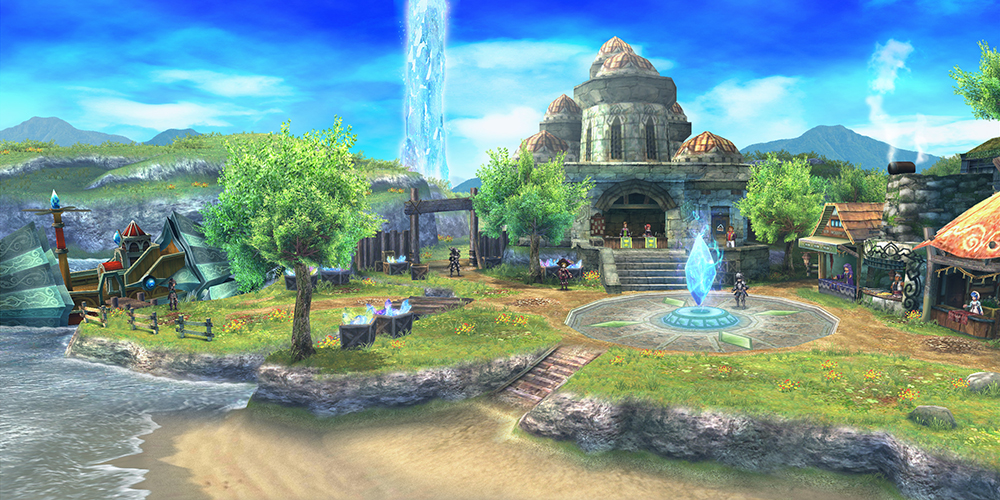
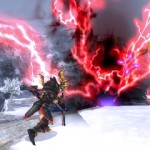
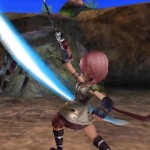
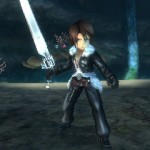
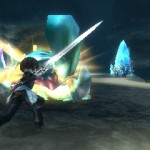
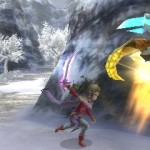
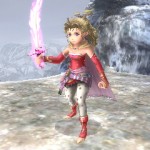
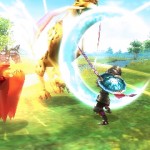
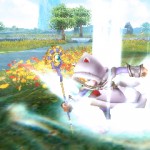
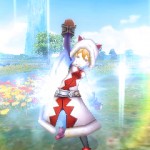
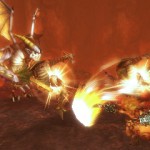
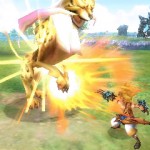
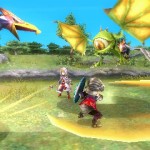
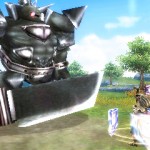
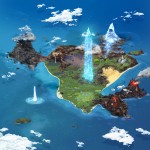
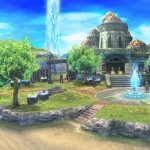
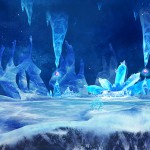
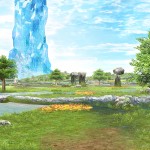

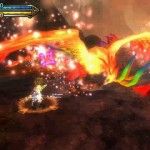
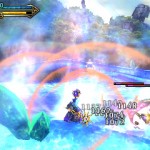
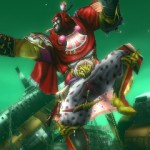

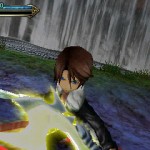
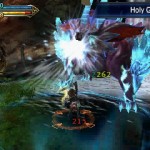
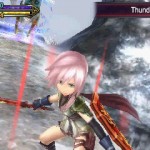
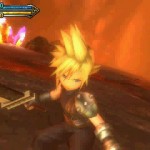
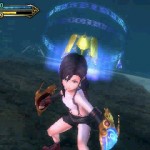
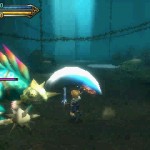
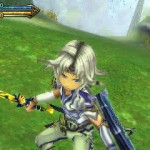

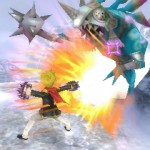
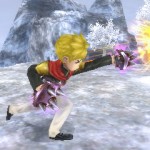
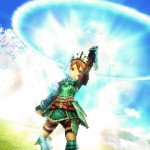
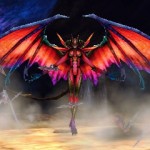
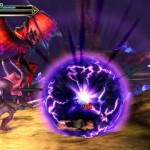
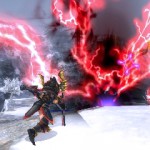
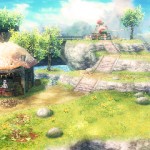
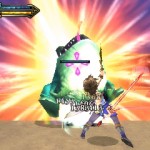
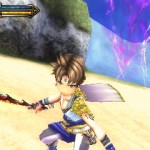
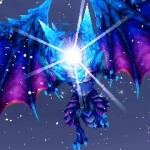
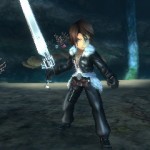
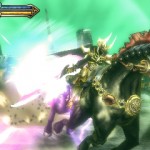
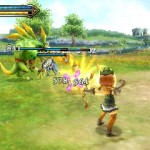
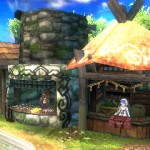
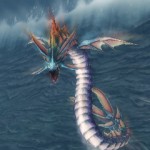
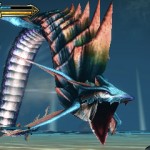
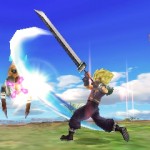
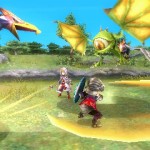
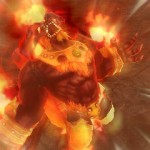
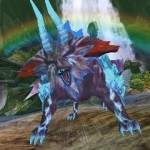
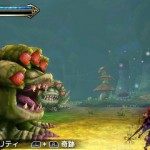
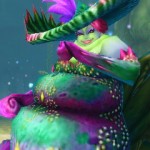
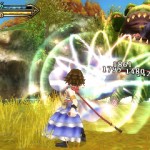
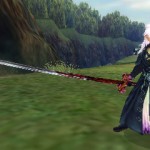
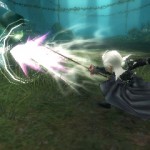
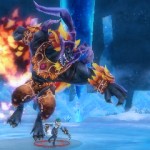
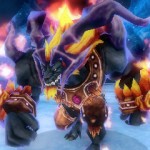
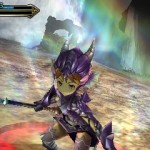
Recent Comments